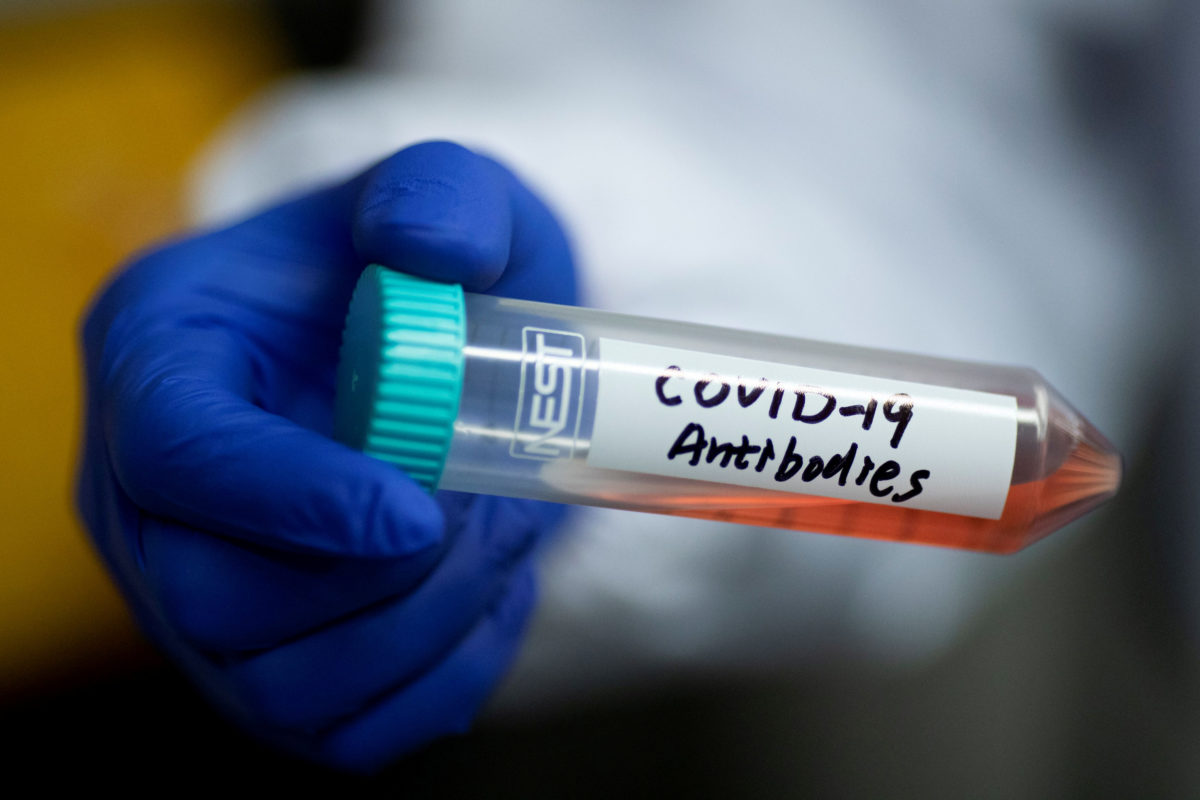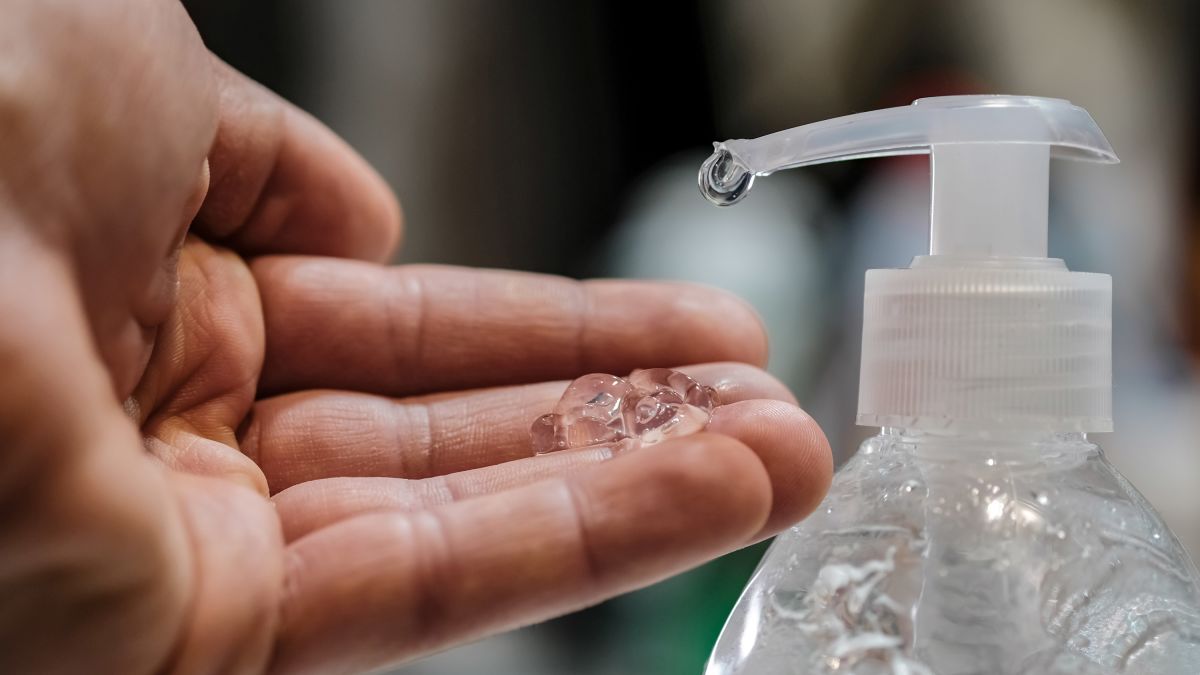Various mitigation measures have been implemented to fight the coronavirus disease 2019 (COVID-19) pandemic, including widely adopted social distancing and mandated face covering. However, assessing the effectiveness of those intervention practices hinges on the understanding of virus transmission, which remains uncertain.
The governments’ responses to the COVID pandemic have so far differed significantly worldwide. Swift actions to the initial outbreak were undertaken in China, as reflected by nearly simultaneous implementation of various aggressive mitigation measures. On the other hand, the response to the pandemic was generally slow in the western world, and implementation of the intervention measures occurred only consecutively. Clearly, the responsiveness of the mitigation measures governed the evolution, scope, and magnitude of the pandemic globally.
Curbing the COVID-19 relies not only on decisive and sweeping actions but also, critically, on the scientific understanding of the virus transmission routes, which determines the effectiveness of the mitigation measures. In the United States, social distancing and stay-at-home measures, in conjunction with hand sanitizing, were implemented during the early stage of the pandemic (March 16). These measures minimized short-range contact transmission but did not prevent long-range airborne transmission, responsible for the inefficient containing of the pandemic in the United States.
By analysing the trend and mitigation measures in Wuhan, China, Italy, and New York City, from January 23 to May 9, 2020, authors of a recent research article published in the Proceedings of the National Academy of Sciences illustrated that the impacts of mitigation measures were discernable from the trends of the pandemic. Their analysis revealed that the difference with and without mandated face covering represents the determinant in shaping the pandemic trends in the three epicenters. Is is estimated that this protective measure alone significantly reduced the number of infections by over 78,000 in Italy from April 6 to May 9 and over 66,000 in New York City from April 17 to May 9.
Mandated face covering, such as those implemented in China, Italy, and NYC, seems to have effectively prevented airborne transmission by blocking atomization and inhalation of virus-bearing aerosols and contact transmission by blocking viral shedding of droplets. While the combined face-covering and social distancing measures offered dual protection against the virus transmission routes, the timing and sequence in implementing the measures also exhibited distinct outcomes during the pandemic.
For example, social distancing measures, including city lockdown and stay-at-home orders, were implemented well before face covering was mandated in Italy and NYC, and this sequence left an extended window (28 days in Italy and 32 days in NYC) for largely uninterrupted airborne transmission to spread the disease. The simultaneous implementation of face covering and social distancing, such as that undertaken in China, was most optimal, and this configuration, in conjunction with extensive testing and contact tracing, was responsible for the curve flattening in China.
Also, there likely existed remnants of virus transmission after the implementation of regulatory measures, because of circumstances when the measures were not practical or were disobeyed and/or imperfection of the measures. Such limitations, which have been emphasized by the WHO, spurred on controversial views on the validity of wearing face masks to prevent the virus transmission during the pandemic.
However, it is implausible that the limitations of mitigation measures alone contributed dominantly to the global pandemic trend, as exemplified by the success in China. The study suggests that the failure in containing the propagation of COVID-19 pandemic worldwide is largely attributed to the unrecognized importance of airborne virus transmission.
The inadequate knowledge on virus transmission has inevitably hindered development of effective mitigation policies and resulted in unstoppable propagation of the COVID-19 pandemic. Airborne transmission, particularly via nascent aerosols from human atomization, is highly virulent and represents the dominant route for the transmission of this disease.
While the WHO and the US Centers for Disease Control and Prevention (CDC) have emphasized the prevention of contact transmission, both WHO and CDC have largely ignored the importance of the airborne transmission route. The current mitigation measures, such as social distancing, quarantine, and isolation implemented in the United States, are insufficient by themselves in protecting the public.
The difference with and without mandated face covering represents the determinant in shaping the trends of the pandemic worldwide. We conclude that wearing of face masks in public corresponds to the most effective means to prevent interhuman transmission, and this inexpensive practice, in conjunction with extensive testing, quarantine, and contact tracking, poses the most probable fighting opportunity to stop the COVID-19 pandemic, prior to the development of a vaccine.
It is also important to emphasize that sound science should be effectively communicated to policy makers and should constitute the prime foundation in decision-making amid this pandemic. Implementing policies without a scientific basis could lead to catastrophic consequences, particularly in light of attempts to reopen the economy in many countries. Clearly, integration between science and policy is crucial to formulation of effective emergency responses by policy makers and preparedness by the public for the current and future public health pandemics.
REFERENCES:
- Identifying airborne transmission as the dominant route for the spread of COVID-19. Renyi Zhang, Yixin Li, Annie L. Zhang, Yuan Wang, Mario J. Molina. Proceedings of the National Academy of Sciences Jun 2020, 202009637; DOI: 10.1073/pnas.2009637117
- World Health Organization, Coronavirus disease (COVID-2019) situation reports. https://www.who.int/emergencies/diseases/novel-coronavirus-2019/situation-reports/. Accessed 9 May 2020.
- US Centers for Disease Control and Prevention, Coronavirus Disease 2019 (COVID-19) – Social distancing, quarantine, and isolation. https://www.cdc.gov/coronavirus/2019-ncov/prevent-getting-sick/social-distancing.html. Accessed 9 May 2020.







